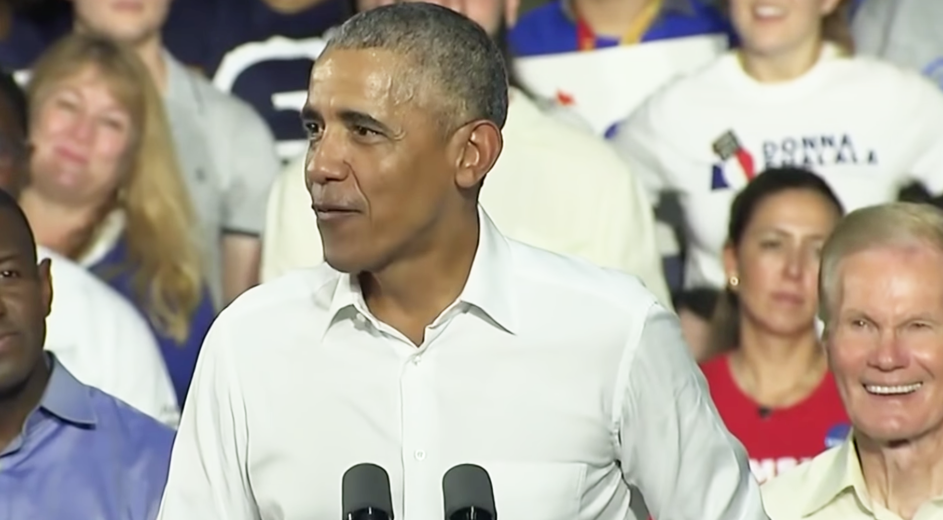Okay, maybe this is not your first speech, but this is the first time you are the headliner and you are a bit nervous.
Well, you should be nervous. The organizers of the event are promoting you as a subject matter expert on the topic at hand and you need to make good on that promise. Whether or not you see professional speaking as a future career path is completely irrelevant at this moment, because you have a speech to write. You can worry about making a professional career out of this after you nail the speech. Use this opportunity to craft what will become your signature speech, meaning this will be the topic that you will be recognized for as the subject matter expert and perhaps eventually get paid to deliver this speech again at a future event. So, as you prepare to write your speech, here are my five tips on how to approach your speech as a first time Keynote Speaker.
Be Thankful
1. Speaking is fun, but storytelling is memorable! If you have a 15-minute block or a 55-minute block of time to fill, the approach to your speech will be identical. The only difference between the two is the number of stories you tell. Begin with thanking those that invited you to be the speaker and start with a short story about you.
Use Humor
2. Everyone enjoys a great chuckle. Practice incorporating humor into your speech. Humor does not equal to telling a joke, but rather something funny about an experience you want to share and add a punch line to make it stand out.
Use Effective Visuals
3. Keynote speaking is about speaking. Avoid reading, avoid using notes, and if at all possible, avoid using a PowerPoint. However, if you need to use a PowerPoint because you have a few content rich topics you want to share, then use plenty of Images, Memes, GIFs, and/or video to illustrate your point (we will call these “visuals”). People remember stories and visuals, not necessarily words on a screen.
Cadence
4. Develop a cadence that is natural for you, such as “Tell a Story” then “Teach a Point” then “Use a Visual” to reinforce that point and then repeat. A good story can be 2-3 minutes long. A great story can be 5-7 minutes. To teach a point, it may take you 1-2 minutes to deliver your material. Effectively using a visual can create a 1-2 minute exchange with the audience. So, with one good story, one teaching point, and one visual, you have created an outline for a 4-7 minute speech. Now, you have a framework and a cadence on how to craft a 15 or 55-minute keynote.
Practice…Then, Practice Some More
5. My final tip is to practice. A speaker does not ad-lib their content, delivery, or speech. Understand what you are going to say, how you are going to say it, and where you are going to pause for added effect. Practicing your speech will make you a more confident speaker, appear less nervous, and position you to have an excellent experience.
Good Luck!

